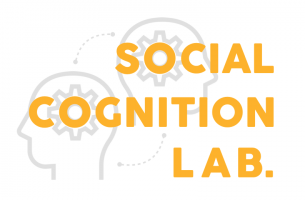How do individuals process emotional information? My colleagues and I explore the idea that emotion processing involves embodiment, or the activation of emotion relevant sensory-motor and somatic states in the individual. In that framework, embodiment occurs both when an emotion-eliciting object is physically present to the perceiver, and also when the emotion object is referred to by internal symbols (thoughts) or external symbols (e.g., words). We have written several theory and review papers on these issues (e.g., Niedenthal, Barsalou, Winkielman, Krauth-Gruber, & Ric, 2005; Winkielman, Niedenthal, & Oberman, 2008; Winkielman et al., 2015).
Empirically, we investigate the role of sensory-motor and somatic states in emotional processing in two broad domains. One is perception and imitation of facial expressions (Carr, Winkielman, & Oveis, 2013; Hofree, Ruvolo, Bartlett, Winkielman, 2014; Oberman, Winkielman, & Ramachandran, 2007). The second is the interplay of emotional concepts with sensory states. Here we investigate the memory for facial expressions (Halberstadt, Winkielman, Niedenthal, & Dalle, 2009), understanding of abstract emotion concepts (Niedenthal, Winkielman, Mondillon, & Vermeulen, 2009), the role of introspective states in understanding emotional and cognitive concepts (Oosterwijk, Winkielman, Pecher, Zeelenberg, Rotteveel, & Fischer, 2011; Oosterwijk, Mackey, Wilson-Mendenhall, Winkielman, & Paulus, 2015).
Our work on embodiment of emotion was supported by a grant from the National Science Foundation (see award abstract).
